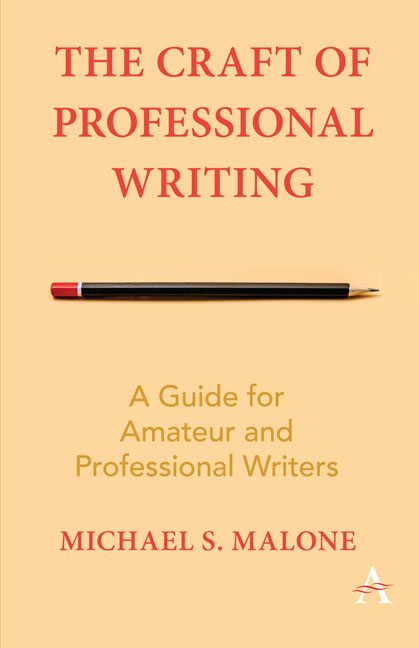18 - Pitching
from Part Four - The Work of Professional Writing
Summary
If there is one message that you should remember from this book, it is that professional writing is a business. It is a craft, a career. Your job is to get the work done in a professional manner— and, with talent and luck, the art will follow.
As with any business, the actual content is only a fraction of the work. You also must deal with bookkeeping, taxes, marketing, promotion, and sales. It is the last— the writing version of sales called pitching— that is the subject of this chapter. And just as with sales in other industries, the process includes qualification, contact, selling, negotiating, and closing.
Small business understand this. If they don't they go out of business quickly. But freelance writers, like other professionals in the arts, often seem to have the attitude that they because they pursued creative careers to escape the rules of business, that the rules of business won't pursue them.
No such luck. If you don't treat your writing career— especially freelancing— as a business, you will soon discover that there is a personal version of corporate Chapter 11 bankruptcy. And, suitably humbled, you'll have to go in search of a real job, one that, ironically, will also require you to perform some other version of pitching, negotiating and billing.
The good news is that being a good writer and being a good businessperson can be easy. It just takes practice, until the basic business work of writing becomes second nature. Until then, console yourself with the knowledge that you really have no alternative— at least not if you want this career.
It's important to understand that pitching a story to a publication, web site, or television series (we'll look at book pitching later) is not just a matter of sending an email or letter suggesting they buy your idea. It is, in fact, a multistage process— one akin to military planning or preparation for an athletic competition. Let's look at each in turn.
Preparation
This step is about improving your odds of acceptance by giving editors at your target publication exactly what they desire. You accomplish that by learning as much as possible about the publication, its editorial style and congruence (but not overlap) between recent stories and the one you propose.
Information
- Type
- Chapter
- Information
- The Craft of Professional WritingA Guide for Amateur and Professional Writers, pp. 277 - 282Publisher: Anthem PressPrint publication year: 2018
